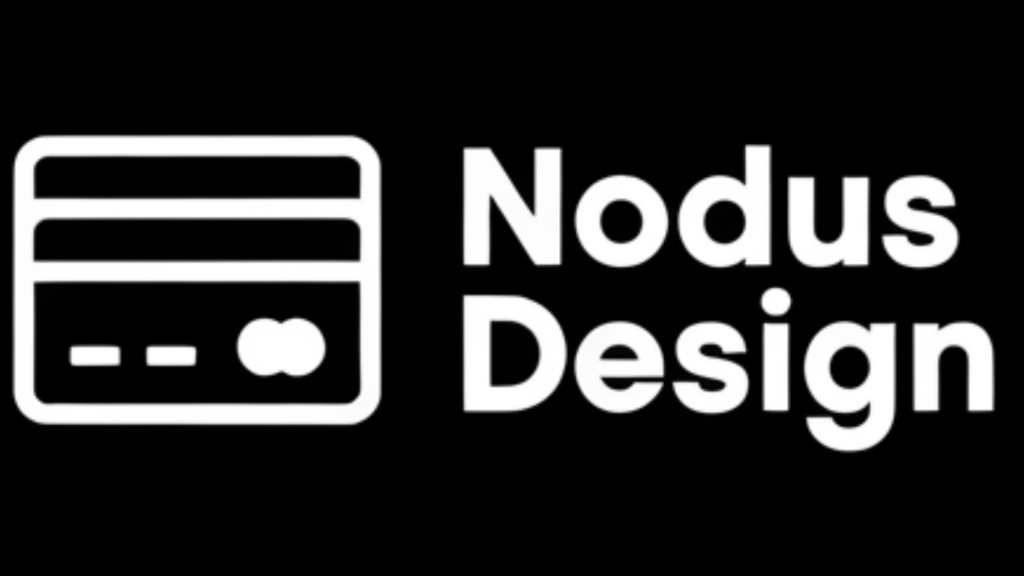In the competitive world of job hunting, a standout resume can be the key to unlocking your dream career. Crafting a resume that catches the eye of potential employers is both an art and a science. With carefully curated content and strategic formatting, you can make a lasting impression in seconds.
Understanding the nuances of resume writing is essential for any job seeker. Whether you’re a recent graduate or a seasoned professional, incorporating standout resume tips can elevate your CV. From impactful summaries to tailored achievements, learn how to transform your work history into a compelling narrative.
By leveraging standout resume tips, you’ll gain an edge over the competition. It’s all about presenting your skills and experiences in the most compelling way. Explore innovative approaches that highlight your unique qualifications and ensure your resume stands out in a crowded field.
Crafting a Powerful Objective Statement
Your resume’s objective statement is your chance to make a first impression. However, this section often gets overlooked or underutilized. Craft a statement that is clear and concise, expressing who you are professionally and what you bring to the table. Tailoring this sentence to match the job you’re applying for will set you apart from other applicants immediately.
Remember that generic objectives can make your resume less memorable. Instead of stating that you seek a position where you can grow, specify how you align with the company’s goals. This targeted approach not only shows you’ve done your homework but also helps the employer envision you in the role.
Lastly, use action-oriented language. Phrases like “driven professional” or “innovative thinker” alongside specific skills can amplify your statement. This is your opportunity to convey enthusiasm and a forward-thinking attitude, making the employer eager to know more about you.
Highlighting Relevant Skills
After capturing interest with a powerful objective, highlight your skills effectively. Many candidates have relevant skills but fail to showcase them correctly. Create a skills section that lists your professional competencies, using bullet points for clarity and impact.
Incorporate keywords from the job description to resonate with the employer’s needs. If the position requires team leadership, ensure “team leadership” appears in your skills list. This strategic placement can help your resume pass through Applicant Tracking Systems that filter candidates.
Don’t overpopulate your skills list—quality trumps quantity. Focus on major skills that demonstrate your proficiency and versatility. Highlight proficiencies with real-world applications that show how you’ve utilized these skills in past roles for maximum impact.
Detailing Achievements and Results
Your past achievements speak volumes about your potential future contributions. Use specific, quantifiable results to demonstrate your capabilities. For instance, “Increased sales by 20% within six months” tells more than saying “improved sales.” Numbers provide concrete evidence of your success.
Moreover, when detailing achievements, structure sentences to highlight both the challenge and the outcome. This structure provides context and demonstrates problem-solving abilities. Employers appreciate candidates who can identify problems and devise effective solutions.
Don’t hesitate to include diverse achievements that highlight different skill sets. From leading a successful project to implementing cost-saving initiatives, each accomplishment reveals an aspect of your professional persona the employer can value.
Tailoring Your Experience
The experience section of your resume is the heart of your narrative. Tailor it to fit the role you’re eyeing. This means more than listing your past jobs; it’s about positioning your experiences to align with a potential employer’s needs.
Begin with your most recent position and work backward, but only include roles relevant to the job you’re applying for. Each entry should include your title, the company name, and the period of employment, followed by a concise description of responsibilities and achievements.
Convert responsibilities into achievements when possible. Instead of “Managed a team,” you might say “Led a team of five to achieve a 30% increase in efficiency.” Showing how your efforts yielded tangible outcomes paints a stronger picture of your contributory value.
Choosing the Right Format
The format of your resume can influence first impressions significantly. The layout you choose should be easy to read and aesthetically pleasing without overshadowing the content. The traditional chronological format suits most industries, but if your career path is diverse, a functional or combination format may be more effective.
Use consistent fonts and sizes to maintain professionalism. While it might be tempting to choose a unique font, stick to those that are simple and legible, such as Arial or Times New Roman. Consistency in formatting ensures that the focus remains on the content.
White space is your friend. A cluttered resume can overwhelm hiring managers and discourage them from reviewing your details thoroughly. Use margins and spacing to give your resume a clean look. This presentation strategy enhances readability and aids in maintaining the reader’s focus.
Proofreading for Perfection
A flawless resume exudes professionalism and attention to detail. Once you’ve crafted your document, proofreading should be a priority. Errors, no matter how minor, can distract from your accomplishments and reduce credibility.
Read through your resume multiple times, checking for grammatical errors and inconsistencies. Having a friend or professional review it can provide an outside perspective. They might catch mistakes or suggest improvements that you hadn’t considered.
Consider using digital tools such as grammar checkers. These can help catch overlooked mistakes. Perfection in your resume ensures your professionalism shines through, making a compelling case for why you’re the right fit for the job.
Conclusion
Creating a standout resume involves more than listing jobs and skills; it’s about making a personal connection with potential employers. By following these tips, you can craft a resume that showcases your worth and hooks hiring managers from the get-go.
Remember, your resume is an evolving document. Regular updates to incorporate new skills and achievements will keep it fresh and relevant. In the end, a well-crafted resume serves not only as a job application tool but as a career-building asset.

